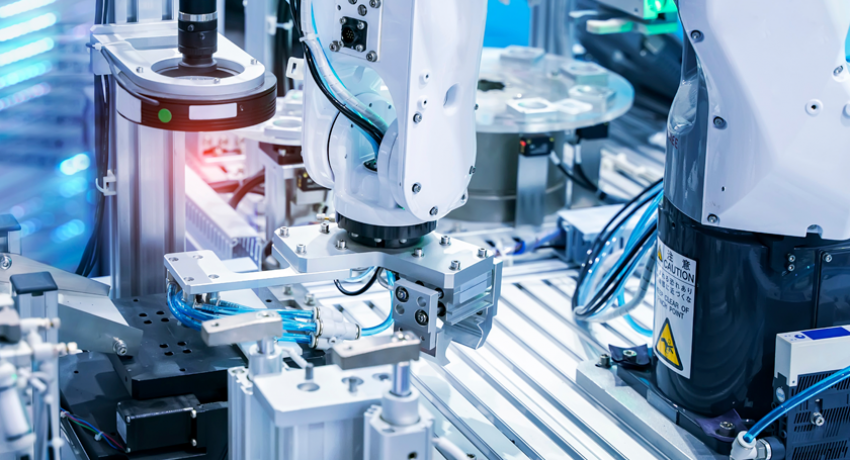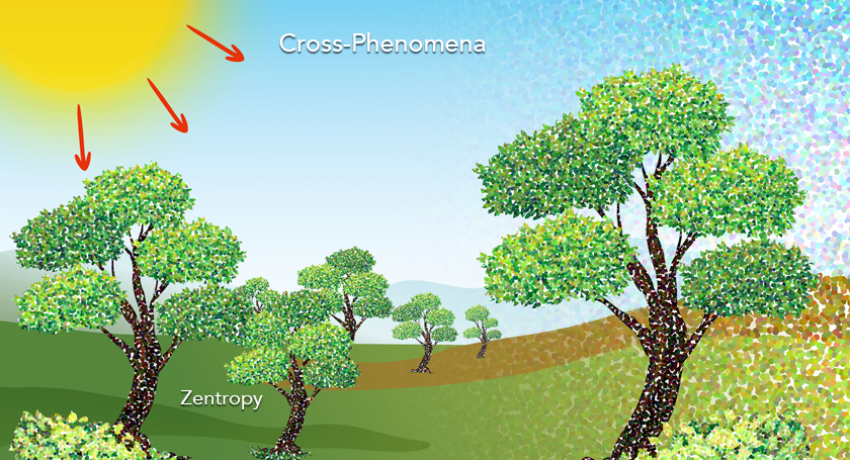Chan: Moses H.W. Chan
Chan examines complexities of matter
Moses H.W. Chan came to Penn State in 1979, and the Evan Pugh Professor of Physics immediately began a body of research work that spanned diverse topics.
Davey: Wheeler Davey
Davey Brought X-ray Diffraction to Penn State
The Pennsylvania State University had a number of critical pioneering contributors to the development of X-ray diffraction as a major structural characterization tool for materials. This starts with the recruiting of Wheeler P. Davey from GE in 1926. He built his first diffractometer at Penn State with very little funds, using an X-ray tube and Geiger counters as the sensors.
Simons: Joseph Simons
Master of Fluorine Science
Joseph H. Simons, Penn State professor of chemical engineering, discovered over 800 different fluorine-based materials. It was his development of the electrochemical fluorination (ECF), or Simons Process, that changed industrialization of fluorinated materials and chemistries. Prior to the development of this process, fluorination with fluorine, a highly reactive and toxic element, was a dangerous and wasteful process.
Focus on Materials
Materials Research Institute Bulletin
Focus on Materials is a bulletin of the Materials Research Institute at Penn State University. Please be sure to subscribe to our print/mail list to receive your free issue which is distributed twice annually.
Safety Olympics
LAB SAFETY OLYMPICS
Description:
This annual one-day event, that promotes and reinforces lab safety and sustainability practices through fun and competitive activities. The event is open to all departments across Penn State’s main campus. Participants test their knowledge and skills while participating in activities that encourage better safety and sustainability habits.
Mauricio Terrones Honored As Evan Pugh Professor At Penn State
Mauricio Terrones, Verne M. Wilaman Professor of Physics and professor of chemistry and of materials science and engineering, has been named an Evan Pugh University Professor, the highest honor that Penn State bestows on a faculty member.
Ultrahigh Piezoelectric Performance Demonstrated In Ceramic Materials
The ability of piezoelectric materials to convert mechanical energy into electrical energy and vice versa makes them useful for various applications from robotics to communication to sensors.
Communities, Researchers Join Forces To Design Framework For Sustainable Housing
Esther Obonyo applies best research practices to explore what makes environmentally sustainable and climate change resilient structures, from crushing bricks in the lab to visiting Tanzania for field research.
Novel Cross Phenomena Theory Could Predict Most Effective Materials
A novel theory of cross phenomena could be applied to predict whether a new material would be effective for use in various applications from improved medical ultrasounds to more efficient refrigerators, according to a Penn State researcher.
Materials Researchers Honored For Achievements As Academic Inventors
Penn State professors Clive Randall and T.C. Mike Chung have been named 2021 fellows of the National Academy of Inventors (NAI).








